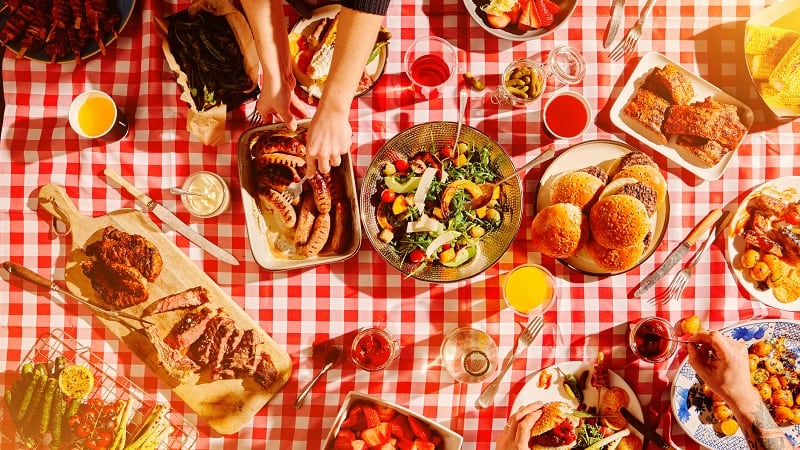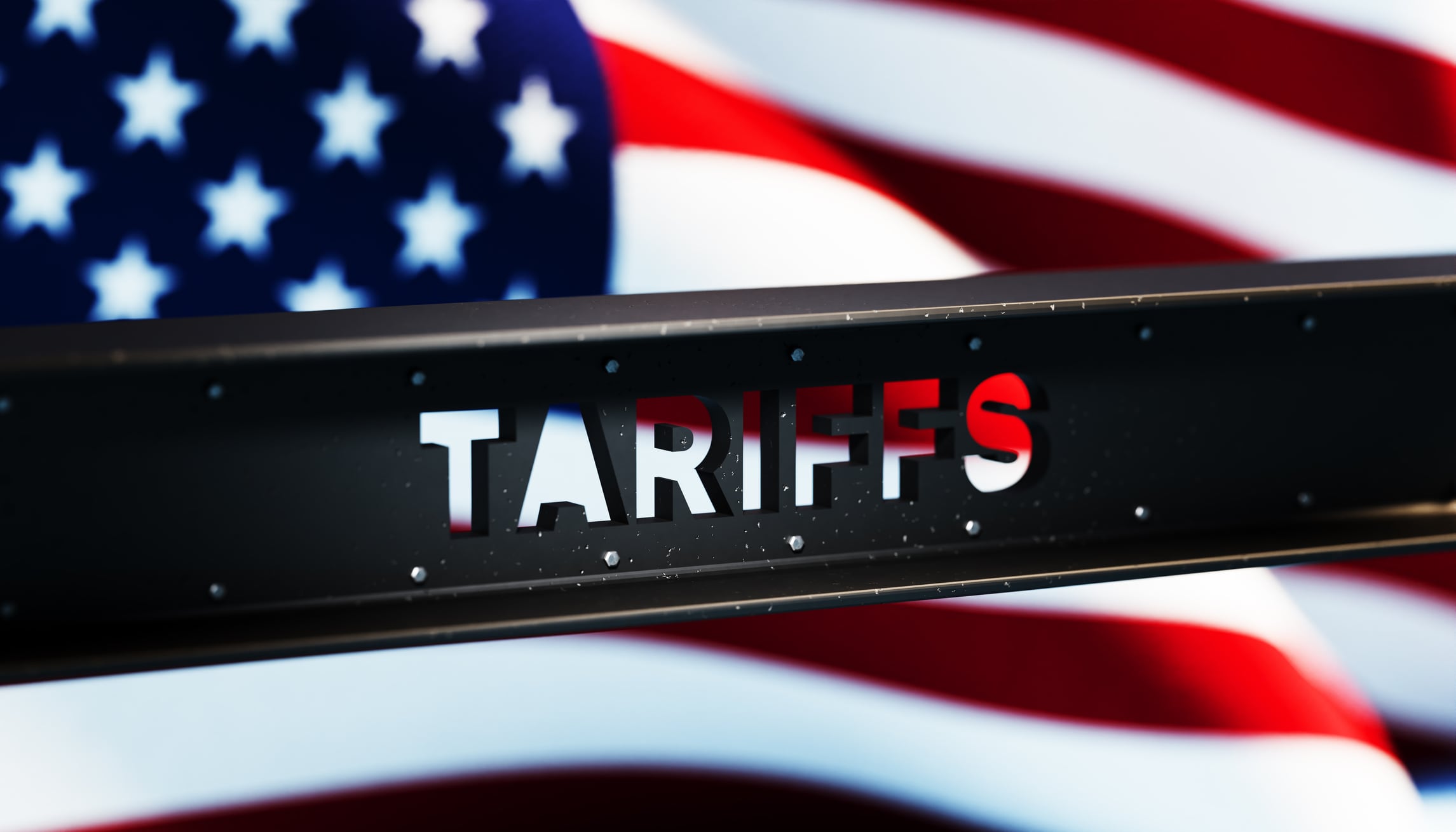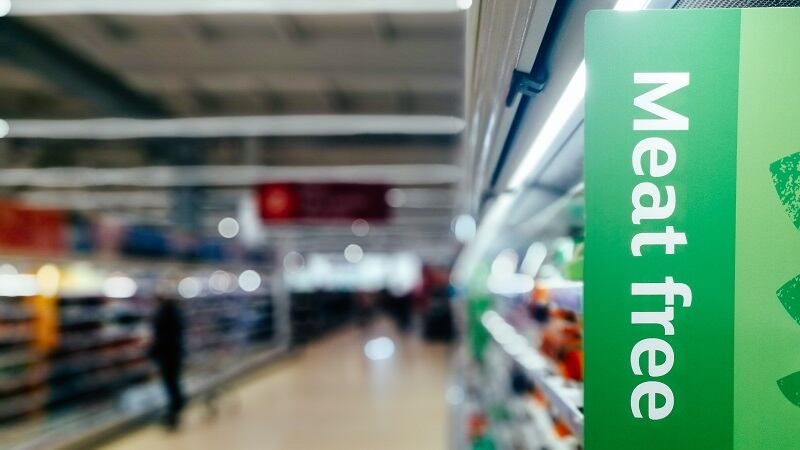The average price of the summer barbecue cost is $103 this year – increasing by 4.21% year-over-year and outpacing inflation – the first time the price hit above $100 for the years multinational banking and financial services company Rabobank has been tracking prices.
Each year, Rabobank releases a BBQ Index that predicts the average price of a summer barbecue for 10 people, including individual product categories, and consumer habits related to the summer grilling seasons.
Rabobank’s BBQ Index is released ahead of the July 4th holiday typically, but the report was moved up ahead of the US Memorial Day, amid evolving tariff and trade concerns.
Tariffs typically add “less than a quarter of a percentage on overall food,” and the US food and beverage industry is “fairly insulated from a lot of the trade wars,” Tom Bailey, senior consumer foods analyst at Rabobank, explained.
Additionally, US manufacturers make about 90% of what is needed for a summer barbecue – beef, beer, buns, etc. – while typically 85% of all groceries are produced within the country, Bailey added.
The cumulative affect of high food prices is impacting consumer spending, with consumers gravitating to premium or value options (i.e., private label), Bailey explained.
“Tariffs won’t torch your barbecue this summer, as it is an all-American barbecue,” he elaborated.
He added, “While one-half of the country is still looking for ways to stretch their dollars and keep cookout costs low, the other half may be shopping for premium cuts of meat and fancy beverages. Wages have started to sizzle again, but they are still playing catch up with the 30% inflation that has stacked up since the pandemic.”
Meat and tomato prices jump
Many grilling ingredients are outpacing inflation due to high demand and supply chain issues. The Consumer Price Index for April rose 2.3%, per the US Bureau of Labor statistics.
Tomatoes, chicken and ground beef prices are increasing the most out of barbecue staples, jumping 16.87%, 15.67% and 6.44%, respectively, Rabobank reported. Additionally, soda, ice cream and beer will cost 4.61%, 3.15% and 3.1% more, respectively.
How many consumers are grilling July 4th?
Nearly all consumers (80%) own a grill, with 68% of Americans planning to use it on July 4th, Rabobank reported. Additionally, the US imported roughly 2.4 billion grills, smokers and other cooking appliances in 2024, according to data in the Rabobank BBQ report.
Beef prices are rising due to weather-related beef processing delays, strong consumer demand and a US herd that is rebuilding, Lance Zimmerman, senior beef analyst at Rabobank, explained.
Additionally, the US beef supply is slightly impacted by ongoing trade disputes, as Canada, Mexico, Australia, New Zealand and Brazil import products into the country. Canada, Mexico and Brazil account for 29%, 22% and 14% of all beef imports into the US, according to Statista data for 2022.
“As we look at early 2025, all indications are demand is going to continue to set new near-term record highs,” Zimmerman said. “Even though the consumer pricing is going up and even though the consumer is increasingly stressed, buying beef at retail is still a relatively cheap lifestyle upgrade that the consumer can make.”
He added, “Among our highest income earners, they are willing to splurge in retail to get that ultra nice, high-quality steak item. As you look towards more middle America and lower-income Americans, they are willing to put ground beef patties on the menu for their family barbecue, and maybe even upgrade those patties and get a premium offering from the service case.”
Chicken demand remains robust, boosting prices, as retailers build up their inventory ahead of summer promotions, Christine McCracken, executive director and protein analyst at Rabobank, explained.
“For many Americans, the grill is still hotter than their paycheck. While one-half of the country is still looking for ways to stretch their dollars and keep cookout costs low, the other half may be shopping for premium cuts of meat and fancy beverages.”
Tom Bailey, senior consumer foods analyst at Rabobank
Additionally, chicken’s demand jump is partially “due to the high cost of beef, and specifically ground beef, that is forcing consumers and food service companies to look at chicken as the alternative,” McCracken elaborated.
Barbecue fixings dip in prices
However, not all barbecue staple prices are increasing, as chips, lettuce, cheese and buns will be 0.42%, 1.21%, 1.38% and 2.69% lower this year, respectively, Rabobank reported.
Fresh produce prices are “a mixed bag,” with tomatoes more dependent on international imports – exposing them to tariffs – while the US mostly produces lettuce domestically, David Magaña, senior analyst at Rabobank, noted.
“In the year 2000, three out of 10 tomatoes consumed in the US were imported, while in recent years that number moved to seven out of 10 tomatoes consumed in the US being imported. And from all the US fresh tomato imports, 90% of those come from Mexico,” Magaña elaborated.
Where tariffs stand with Mexico?
The Trump administration proposed a 25% tariff on all Mexican imports on Feb. 1, before pausing and rolling back the decision with several exceptions. Mexico did not make the list of the Trump administration’s reciprocal tariff plan that was announced on April 2, before being paused.
Buns are another category bifurcating along value and premium options, as baked goods are often a simple and cost-effective way to elevate a barbecue, JP Frossard, VP of consumer insights at Rabobank, noted.
“Consumers remain price conscious, but they are staying loyal to their favorite brands,” Frossard added. “On the other hand, we have the super-premium segment, which is thriving. I am talking about organic, keto, gluten-free, sprouted grains, pretzel, brioche buns – they are all growing rapidly.”





